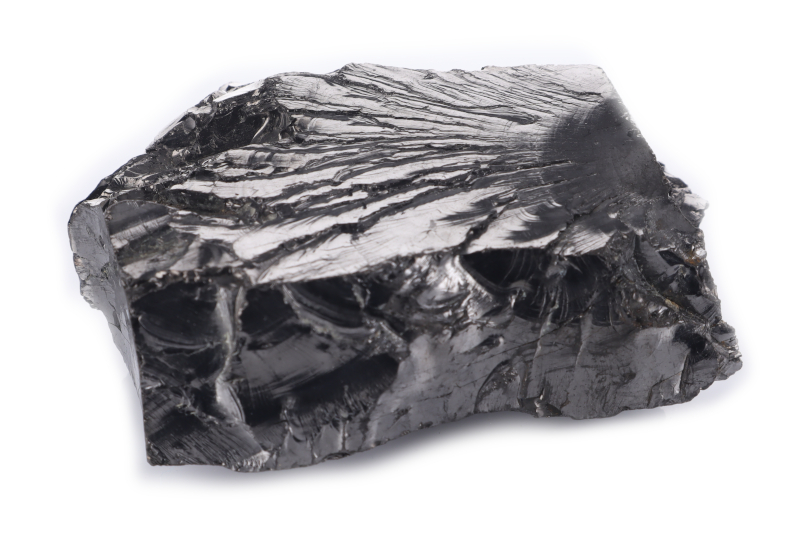Articles
Premium Baltic Amber Powder
We are excited to find this beautiful Premium Baltic Amber Powder and bring it to you so it can work its magic!
Amber has been around for Centuries and is steeped in Folklore and Magic, but scientific evidence confirms it has some fantastic properties. See below for some information to help you along the way! You can use this powder with our Next Generation Elite Powder to create a unique product.
About Amber
First, is amber a precious stone? Amber is a semi-precious gemstone and one of the few organic gemstones. Ancient names include “elektron” for its electrostatic capabilities — if you rub it, it attracts objects like a balloon! — along with “Denmark’s gold” and “tears of gods.” Non-gemstone uses include amber perfume and incense. What does amber smell like? This scent is an earthy, warm combination of smoke, leather, and pine. Geologists can only estimate precisely when and how amber formed. Research still reveals insights, like a 2021 study on the first amber-containing grass. Most scientists agree that amber grew from an ancient Scandinavian forest. The debated aspects are age and environment. Many geologists agree that most amber formed 56 million years ago, but estimates range from 23-56 million years. Earth was warm during the Eocene era, so Scandinavian forests were lush with coniferous trees. These trees produced resin to cover wounds from birds or harsh weather. The resin fell, fossilized, and for many specimens, eventually ended up on Baltic shores.
Amber’s Medicinal Properties
Amber contains up to 8% Succinic Acid; Amber is an excellent natural antibiotic and painkiller (teething necklaces etc., for example, headaches, joint stiffness, etc.) that stimulates and boosts the immune system. It provides healing and stimulates tissue revitalisation by accelerating the natural healing process. Succinic Acid is also good for reducing inflammation, is great for acne, and doesn’t dry out the skin. It is excellent for preventing and reducing scar tissue and can be used as an antibiotic. ( Please see a healthcare professional if you are suffering from any serious condition ).
Ambers History
Part of Baltic amber’s significance is historical. Baltic amber comes from countries bordering the Baltic Sea, namely Scandinavia, Poland, and Russia. The earliest evidence of amber use dates back to Neolithic times in modern-day Poland. During the Stone Age, Scandinavians traded amber for products from Greece and Italy via the “Amber Road”. The first recorded remarks on the gem came from the 1st-century Roman naturalist Pliny, the Elder, who named it succinite. Ancient Romans created amber stone jewellery, dishware, and incense. Poland is perhaps the most prolific in amber’s history, called “The Gold of the North.” In the Middle Ages, present-day Gdańsk became the centre of amber handiwork. The city’s workshops suffered setbacks when Prussian rule in 1308 banned locals from owning amber. The end of Prussian rule in 1466 started an amber revival that continued through the 1700s. Gdańsk artisans crafted religious and secular amber goods, the most famous being the Amber Room. The room started as a study outfitted with nearly 100,000 amber pieces for King Friedrich I of Prussia. Russian Czar Peter the Great was so captivated by it Freidrich gifted it to Peter, who had artisans expand it into an entire room. Sadly, the Nazis dismantled everything during WWII, never to be recovered.
Mine Locations
Where is amber found? Today, roughly 70-90 per cent come from Poland and Russia. Other major producers are the Dominican Republic and Myanmar.
Every amber deposit is known for its different varieties:
- Baltic (Succinite): Highest-quality; Range from deep orange-yellow to white
- Myanmar (Burmite): Brownish-yellow to dark brown; Sometimes clear, light yellow, or light orange
- Dominican Republic: Green; Blue; Most translucent
- Mexico: Golden-yellow; Some blue
- Romania (Romanite): Brownish-yellow to brown, brownish-red, black
- Sicily, Italy (Simetite): Dark red to orange; Sometimes yellow or brown; Can be opalescent or strongly fluorescent






